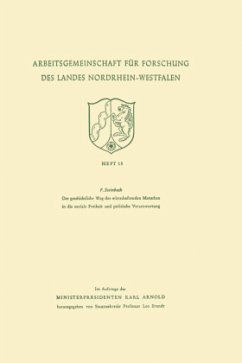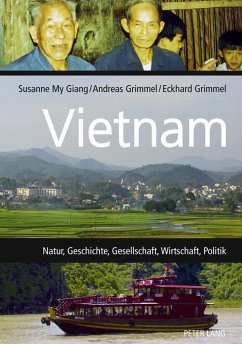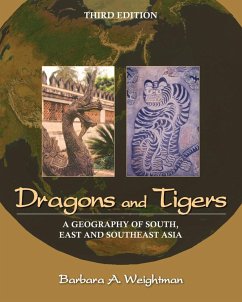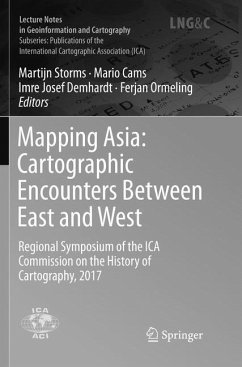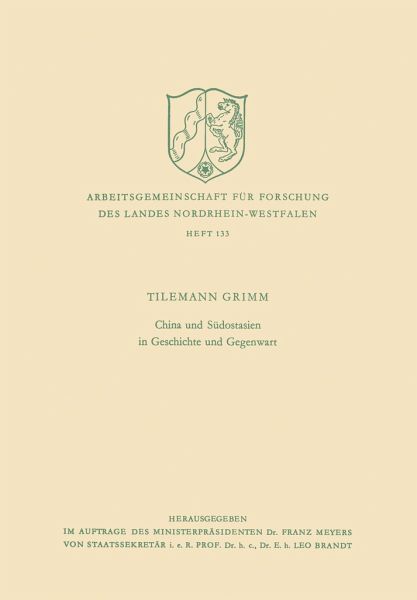
China und Südostasien in Geschichte und Gegenwart

PAYBACK Punkte
0 °P sammeln!
The region of Southeast Asia is characterized by a diversity of lands and peoples which stands in equipoise to the unity of China. For the most part these peoples originally came from South China from whence, in the course of the centuries, they have moved towards Southeast Asia under the pressure of gradual Chinese expansion. There they were influenced and transformed by Indian culture and particularly by Buddhism. In China these events were at first merely recorded and since the 2nd century B. C. a position of power has been established only in North Vietnam. When, after the Mongolian period...
The region of Southeast Asia is characterized by a diversity of lands and peoples which stands in equipoise to the unity of China. For the most part these peoples originally came from South China from whence, in the course of the centuries, they have moved towards Southeast Asia under the pressure of gradual Chinese expansion. There they were influenced and transformed by Indian culture and particularly by Buddhism. In China these events were at first merely recorded and since the 2nd century B. C. a position of power has been established only in North Vietnam. When, after the Mongolian period (1278-1367), China startet to take a political stand vis-a-vis the countries in Southeast Asia, these had long become independent, cultured, souvereign states. This is applicable also to Vietnam, culturally influenced by China. In general, they took an attitude of caution towards China as the leading power in East Asia. Since then China has regarded Southeast Asia as her sphere of influence. Colonial acquisitions, chiefly by England and France, the attempt by Japan polit ically to unite the East Asian zone for the first time, as well as the failure of the French restoration after 1945, are all factors contributing towards the present-day confrontation in Vietnam. At the same time it becomes more and more evident that events during the 20th century are no longer explicable solely by the history of Asian traditions.




